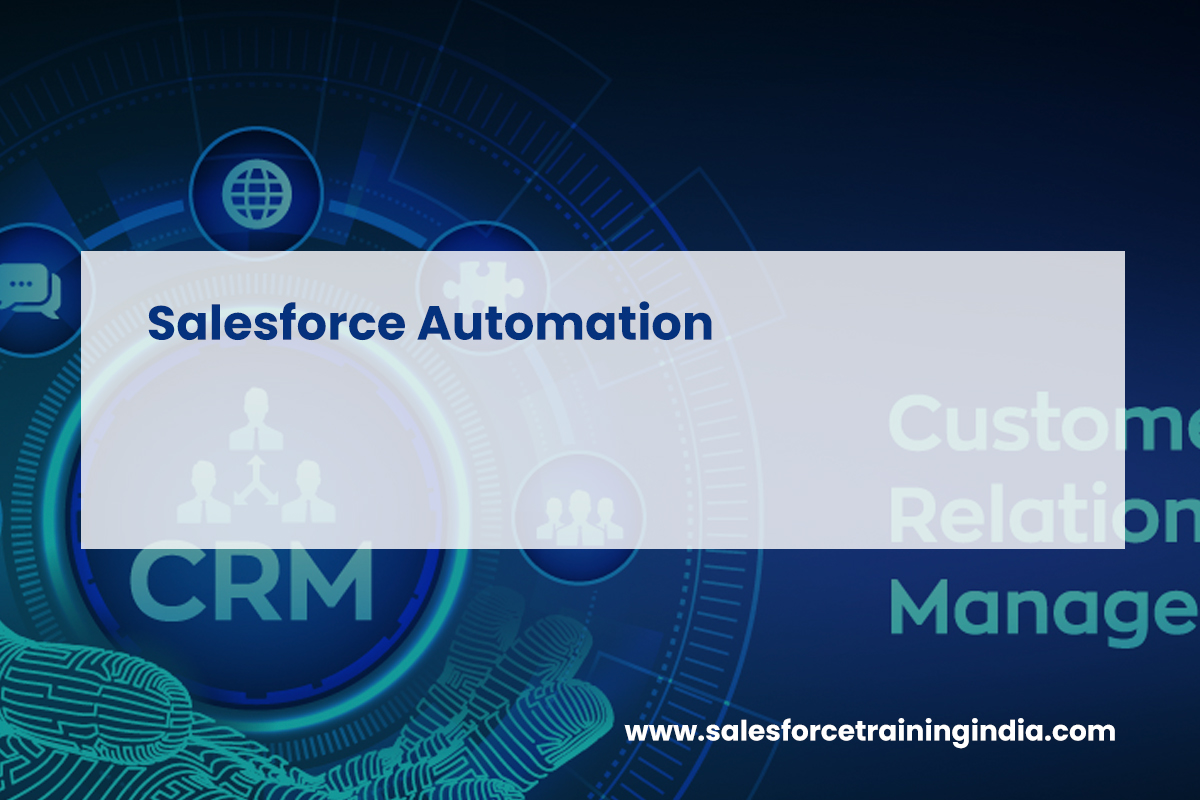Salesforce automation is like having a smart assistant within your Salesforce system. It helps in doing repetitive tasks automatically, saving time, and reducing the chances of human error. Automation in Salesforce can streamline various business processes, ensuring that your team can focus on more important tasks.
- Workflow Rules: Workflow rules are the simplest form of automation in Salesforce. They are set up to perform an action automatically when certain conditions are met. For example, you can create a workflow rule to send an email to a sales manager whenever a new high-value opportunity is created. This rule checks if the opportunity meets certain criteria (like a certain amount) and then performs the action (sending an email).
- Process Builder: The Process Builder is a more advanced tool compared to workflow rules. It allows you to automate more complex processes with multiple steps. For example, you can use Process Builder to create a process that first checks if a customer has placed an order. If they have, it then updates their customer record and sends a thank you email. The Process Builder provides a visual interface, making it easier to design and understand complex processes.
- Flow: Flows in Salesforce are even more powerful and flexible. They can handle complex logic and are used for both automating tasks and guiding users through a process. For example, you can create a flow that guides a sales rep through the process of qualifying a lead, collecting specific information at each step. Flows can be triggered in various ways, such as when a record is created or updated, or even through a button click.
- Approval Processes: Approval processes automate the process of getting approval for certain records. For instance, if a discount on a deal exceeds a certain percentage, you can create an approval process that requires a manager’s approval. This ensures that important decisions go through the right level of scrutiny automatically.
- Scheduled Actions: Sometimes, you need to automate actions that should happen at a specific time. For example, you might want to send a follow-up email to a customer a week after their purchase. Salesforce allows you to schedule these actions based on defined criteria.
Salesforce automation tools are designed to make your business processes more efficient. By automating routine tasks and workflows, your team can spend more time on valuable activities like building customer relationships and strategizing for growth. Automation not only saves time but also ensures consistency and accuracy in business processes.
Are you ready to elevate your Salesforce skills? Dive into our specialized Salesforce training in India, meticulously designed to provide hands-on experience and real-time knowledge. Our comprehensive, project-based course ensures you gain practical skills with daily notes, engaging projects, and targeted preparation for certifications and interviews, preparing you thoroughly for the dynamic Salesforce ecosystem.




